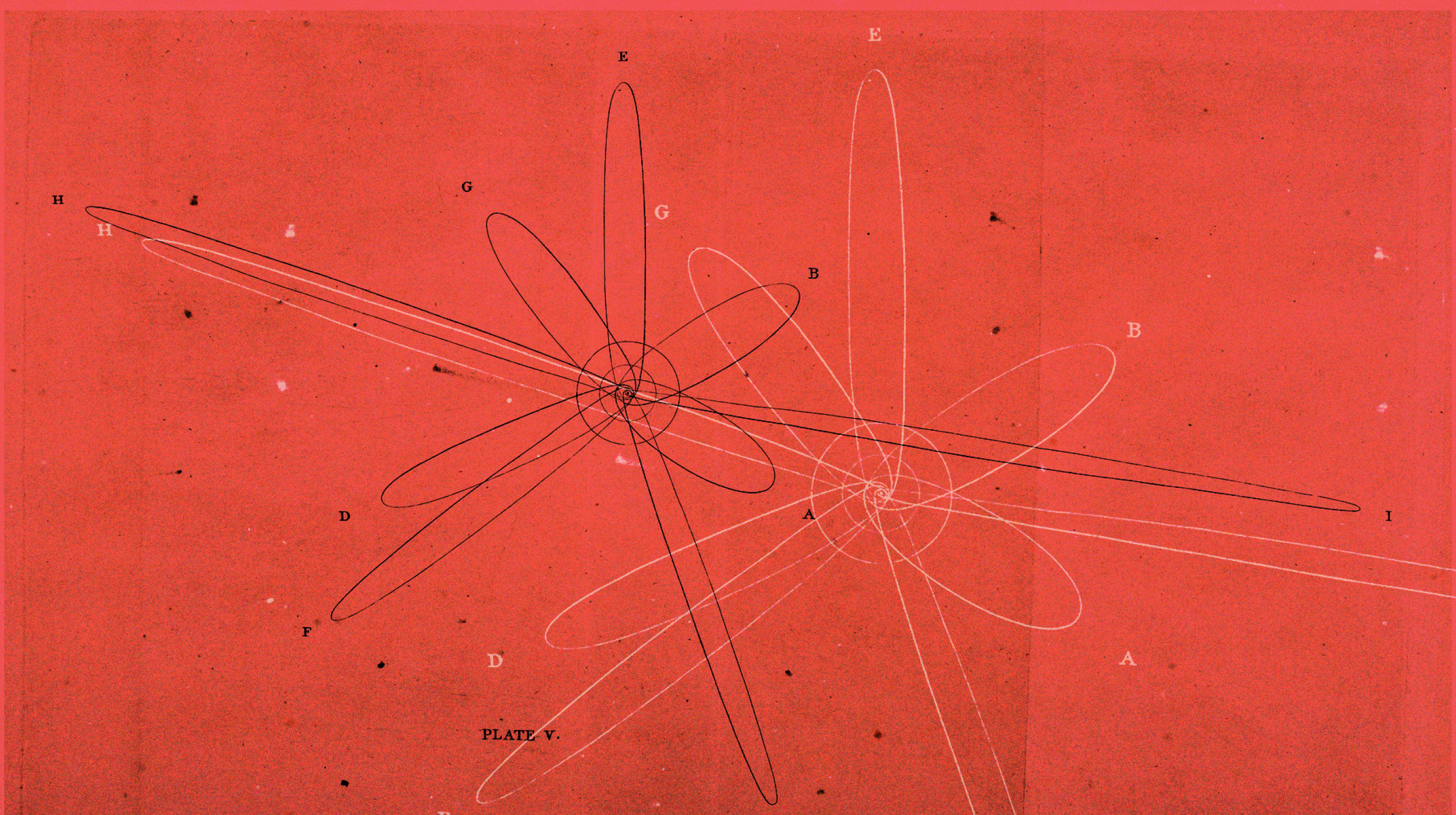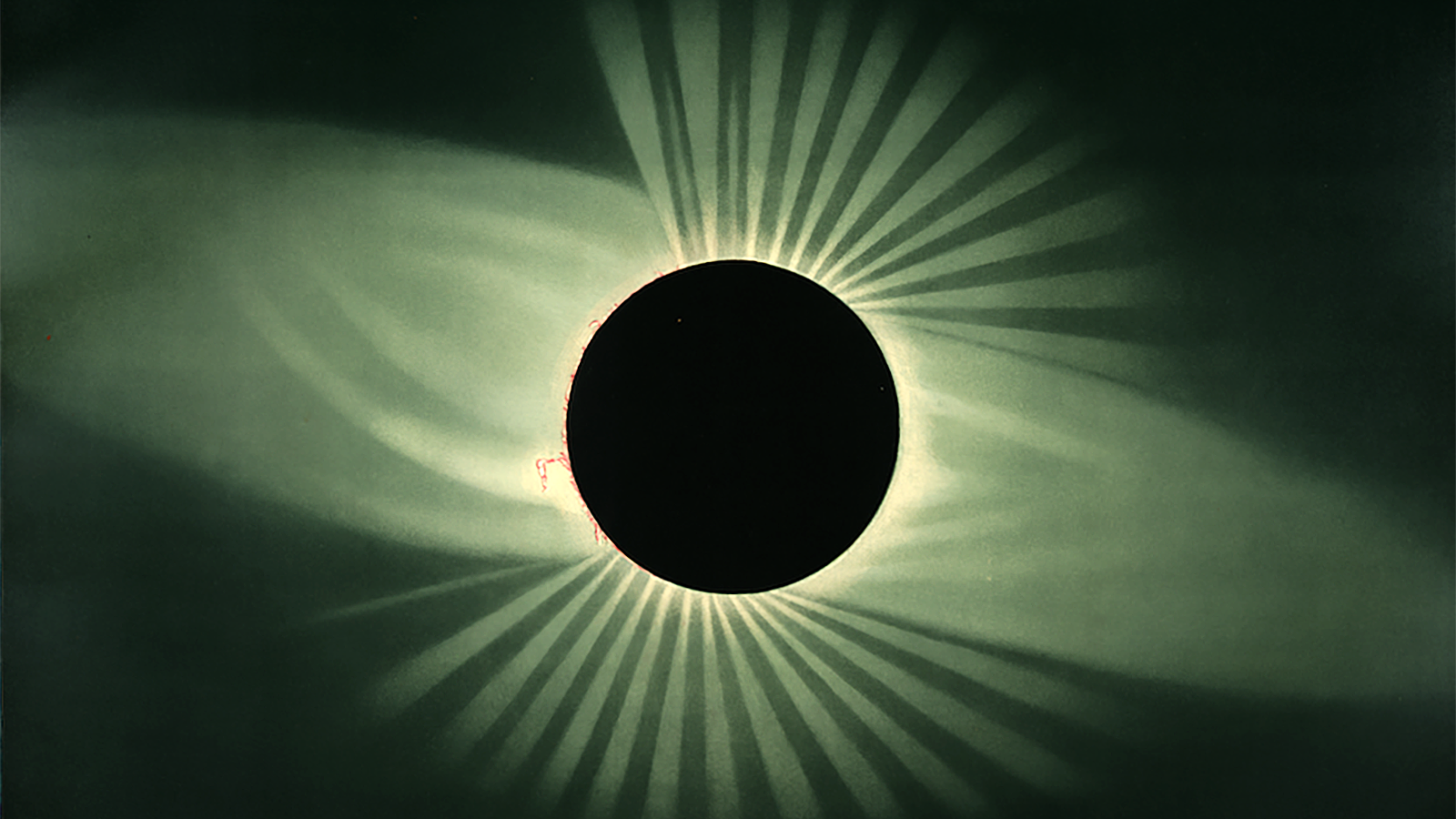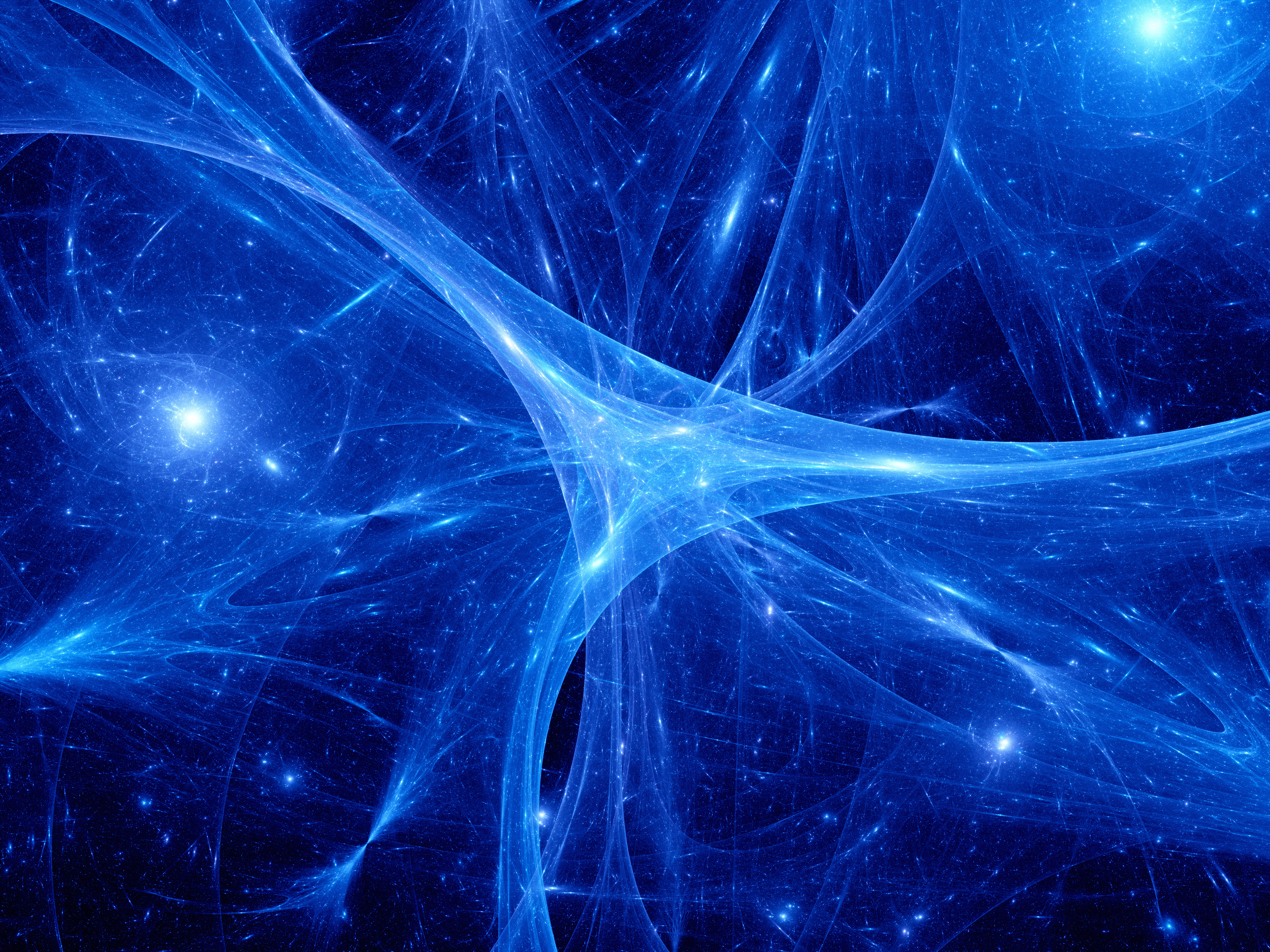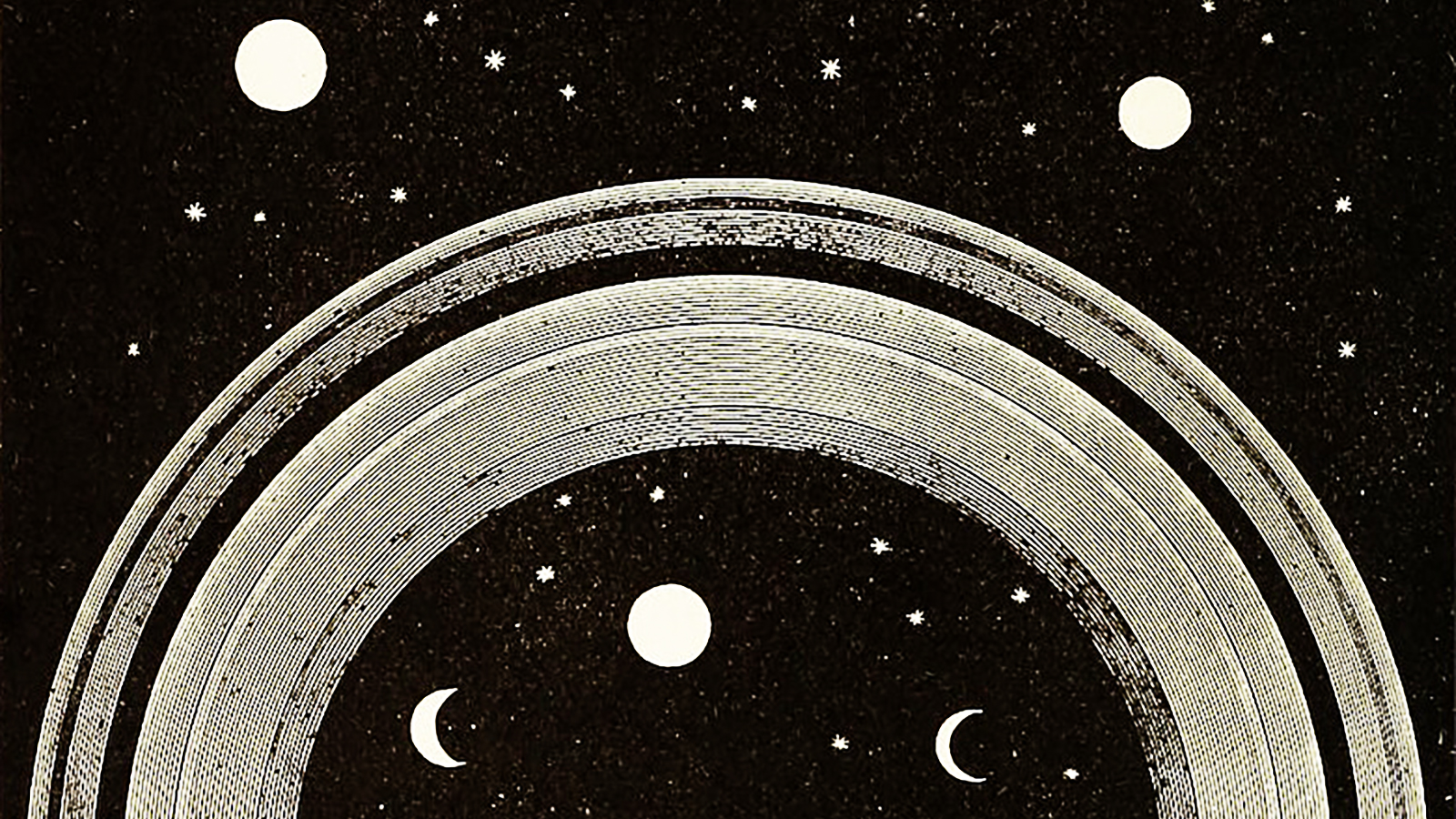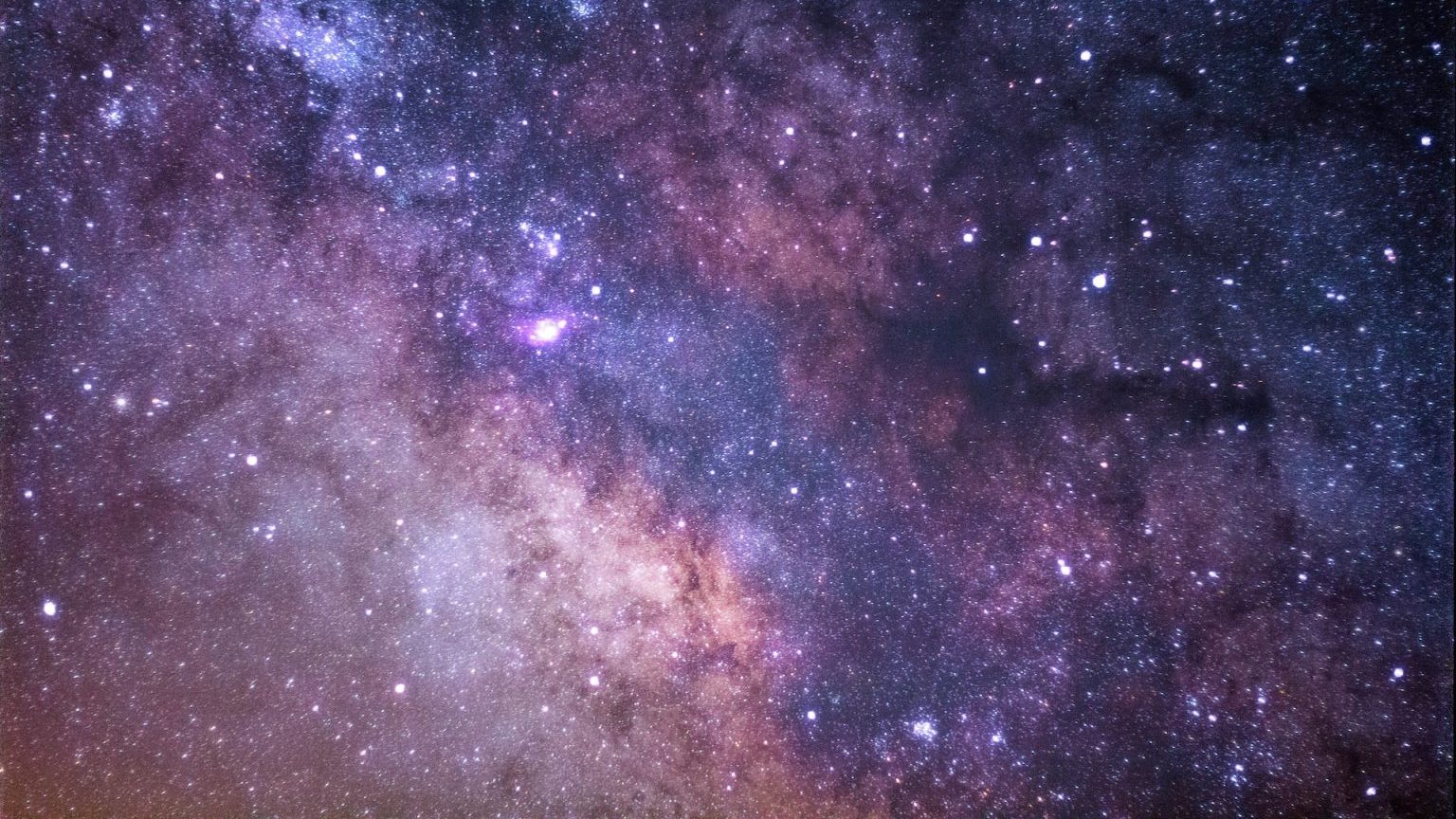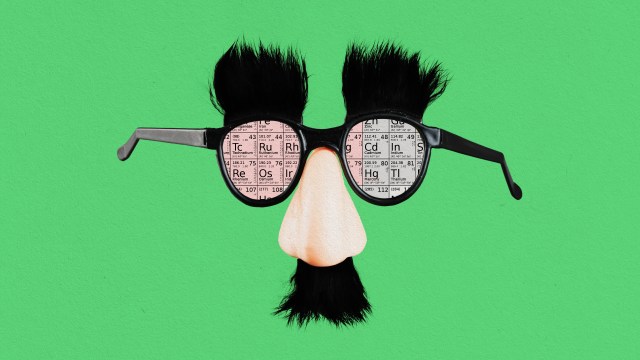The case for why our Universe may be a giant neural network
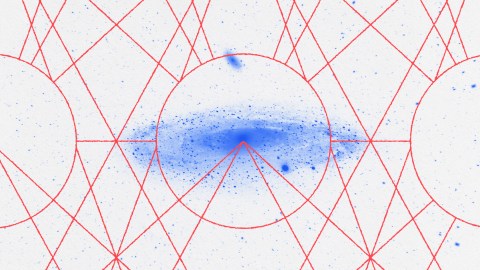
- The concept of a brain-like Universe — seeded by pre-Socratic philosopher Anaxagoras — is gaining currency.
- The cosmos looks remarkably similar to the complete wiring diagram of the brain — and “non-local connections” could enable computation.
- Stephen Hawking saw a path to a new philosophy of physics based on a view of the Universe as a self-organizing entity.
A new scientific paradigm is emerging that presents us with a radically different cosmic narrative. The big idea is that the Universe is not just an arbitrary physical system, but something more like an evolving computational or biological system — with properties strikingly similar to a complex adaptive system, like an organism or a brain. If this characterization turns out to be accurate, I do not think it is an overstatement to say that it is the most profound paradigm shift in the history of science and philosophy. If true, it raises new existential questions that will force us to completely rethink the nature of reality and ideas about whether the Universe has a function or “purpose.”
The idea that the Universe is something like an organism or a brain isn’t a new one. This concept goes back at least to 500 B.C. when it was first dreamed up by Anaxagoras. The pre-Socratic Greek philosopher proposed that an intelligent cosmic force, or “Nous,” guides the development of the Universe toward a more organized and purposeful state of existence. Today we might describe Nous as the principle of self-organization.
While the specifics of Anaxagoras’ theory of the Universe contain concepts that are not consistent with modern science, breakthroughs in our understanding of the nature of reality are breathing new life into the idea that the world as a whole may be very similar in structure and function to the biological organisms and information networks it has produced through the evolutionary process.
In recent years, a number of highly respected theoretical physicists and scientists from various fields have published papers, articles, and books that have provided compelling technical and mathematical arguments that suggest the Universe is not just a computational or information-processing system, but a self-organizing system that evolves and learns in ways that are strikingly similar to biological systems.
The cosmos and the “connectome”
For example, scientists have recently emphasized that the physical organization of the Universe mirrors the structure of a brain. Theoretical physicist Sabine Hossenfelder — renowned for her skepticism — wrote a bold article for Time Magazine in August of 2022 titled “Maybe the Universe Thinks. Hear Me Out,” which describes the similarities. Like our nervous system, the Universe has a highly interconnected, hierarchical organization. The estimated 200 billion detectable galaxies aren’t distributed randomly, but lumped together by gravity into clusters that form even larger clusters, which are connected to one another by “galactic filaments,” or long thin threads of galaxies. When one zooms out to envision the cosmos as a whole, the “cosmic web” formed by these clusters and filaments looks strikingly similar to the “connectome,” a term that refers to the complete wiring diagram of the brain, which is formed by neurons and their synaptic connections. Neurons in the brain also form clusters, which are grouped into larger clusters, and are connected by filaments called axons, which transmit electrical signals across the cognitive system.
Hossenfelder explains that this resemblance between the cosmic web and the connectome is not superficial, citing a rigorous study by a physicist and a neuroscientist that analyzed the features common to both, and based on the shared mathematical properties, concluded that the two structures are “remarkably similar.” Due to these uncanny similarities, Hossenfelder speculates as to whether the Universe itself could be thinking.
Of course, it takes more than a certain type of structure to think thoughts. A dead brain is just as thoughtless as a rock. The information processing that corresponds to thinking is made possible by neuronal signaling, in which electrical messages are passed from one area of the brain to another. What signals could the Universe be transmitting along these galactic filaments, and could they allow for some type of cosmic intelligence?
Yet the Universe’s vastness imposes limitations. Hossenfelder explains that sending signals across the cosmos, even at light speed, would take 80 billion years, and 11 million years just for a signal to travel to our nearest galaxy. Combine the vast size of the Universe with the fact that it is expanding, and it would seem like some kind of cosmic-scale information processing similar to the global processing going on inside brains is out of the question.
“Crazy as it sounds, the idea that the Universe is intelligent is compatible with all we know so far.” Sabine Hossenfelder
But Hossenfelder speculates over whether “hidden connections” could allow for faster signaling. In a section called “Everything is Connected,” she explains how mechanisms like quantum entanglement or other forms of “non-local connections” could enable longer-range computations.
“A non-locally connected Universe would make sense for many reasons,” Hossenfelder writes. “If these speculations are correct, the Universe might be chock full of tiny portals that connect seemingly distant places. The physicists Fotini Markopoulou and Lee Smolin estimated that our Universe could contain as much as 10 (to the 360 power) of such non-local connections. And since the connections are non-local anyway, it doesn’t matter that they expand with the Universe. The human brain, for comparison, has a measly 10 (to the 15th power) connections.”
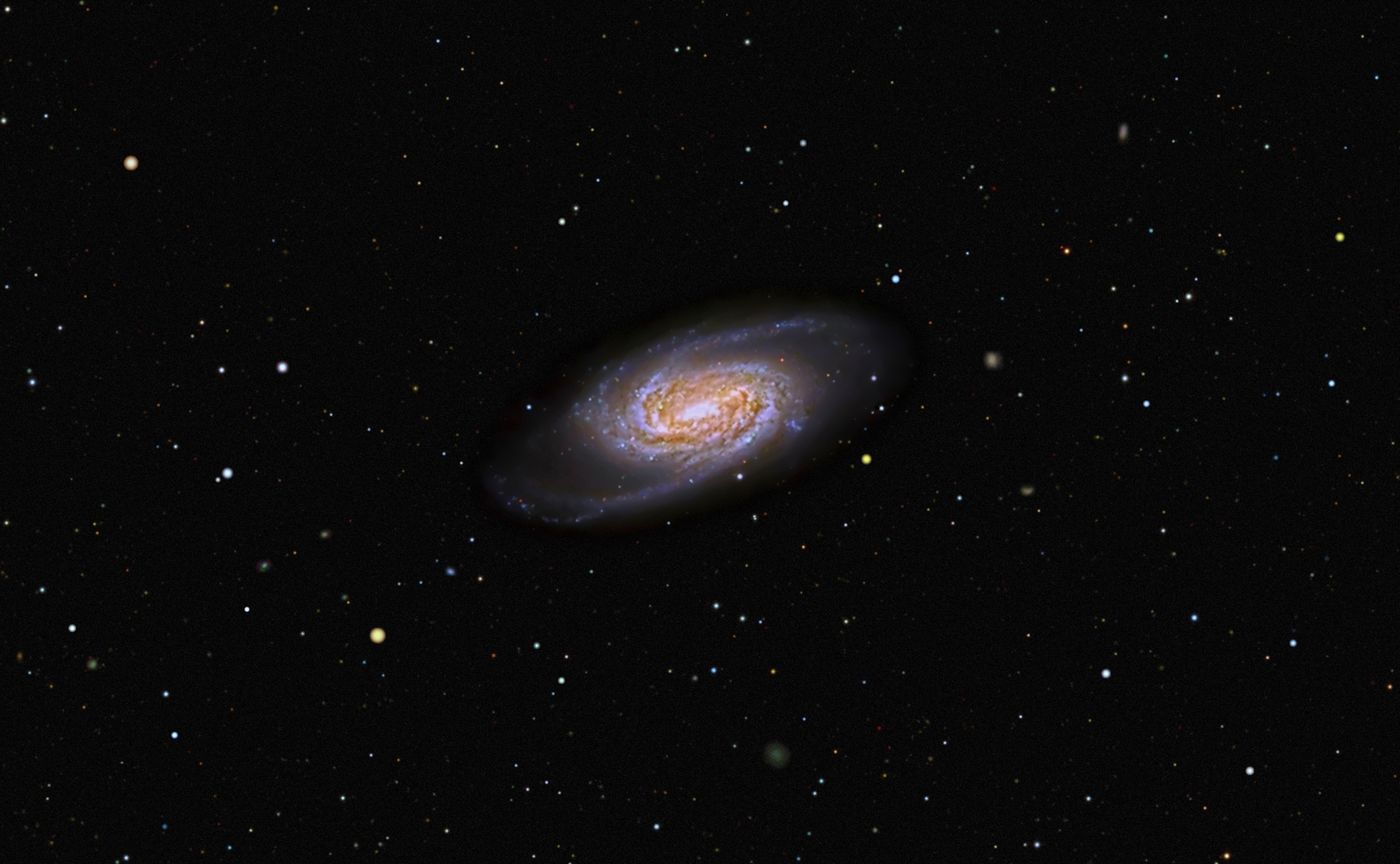
Although highly speculative, it could help explain the mysterious synchronies between structures on opposite sides of the Universe that have been observed recently. For example, a 2019 study in The Astrophysical Journal described an unexplained coherence between the motions of galaxies that were many millions of light years away — too large a distance for them to have any gravitational influence on each other. Similarly, in 2014 the European Observatory announced that they had discovered bizarre alignments between the rotations of extremely distant supermassive black holes, along with similar coherence among distant quasars (luminous galactic nuclei). If that weren’t strange enough, the rotations of the quasars also seemed to be aligned with the motions of the larger cosmic structures they are embedded in. As this Science article states, “Quasars seem to orient themselves to match the large-scale structure of the Universe.” These spooky synchronies seem to suggest that there are non-local connections between systems in different regions of the Universe, and the connections are far too numerous to be coincidental. If true, then the Universe could be a suitable substrate for the cosmic-scale computation (or “thinking”) that Hossenfelder envisions.
Hossenfelder states that “Crazy as it sounds, the idea that the Universe is intelligent is compatible with all we know so far,” though she does make sure to state at the end of the article that the theory is not testable at the moment, making it pure philosophy rather than science. Or is it?
A new “theory of everything”?
In 2020, theoretical physicist Vitaly Vanchurin published a landmark paper titled “The World as a Neural Network” in the journal Entropy. Where Hossenfelder described the structural organization of the Universe to be brain-like, Vanchurin argues that the world is literally a neural network, with an interconnected network of “nodes” existing at the microscopic scale that is equivalent to the network of neurons inside our skulls. This network allows the Universe not just to evolve, but to learn, and it is a hypothesis that may actually be testable someday.
“A working hypothesis is that on the most fundamental level the dynamics of the entire Universe is described by a microscopic neural network which undergoes learning evolution.”
But does this perspective provide any additional explanatory or predictive power over previous cosmic models? Well, using this paradigm, Vanchurin was able to show how to reconcile the theory of general relativity and quantum mechanics — a major problem in physics and the goal of a “theory of everything.” One of the greatest mysteries of modern physics is that we have no idea how gravity, which Einstein’s theory of general relativity addresses, interacts with the weird world of quantum mechanics, which includes exotic phenomena such as superposition and entanglement. Vanchurin has shown that using the mathematics of neural networks, you could get the quantum behavior at one limit and classical behavior at another.
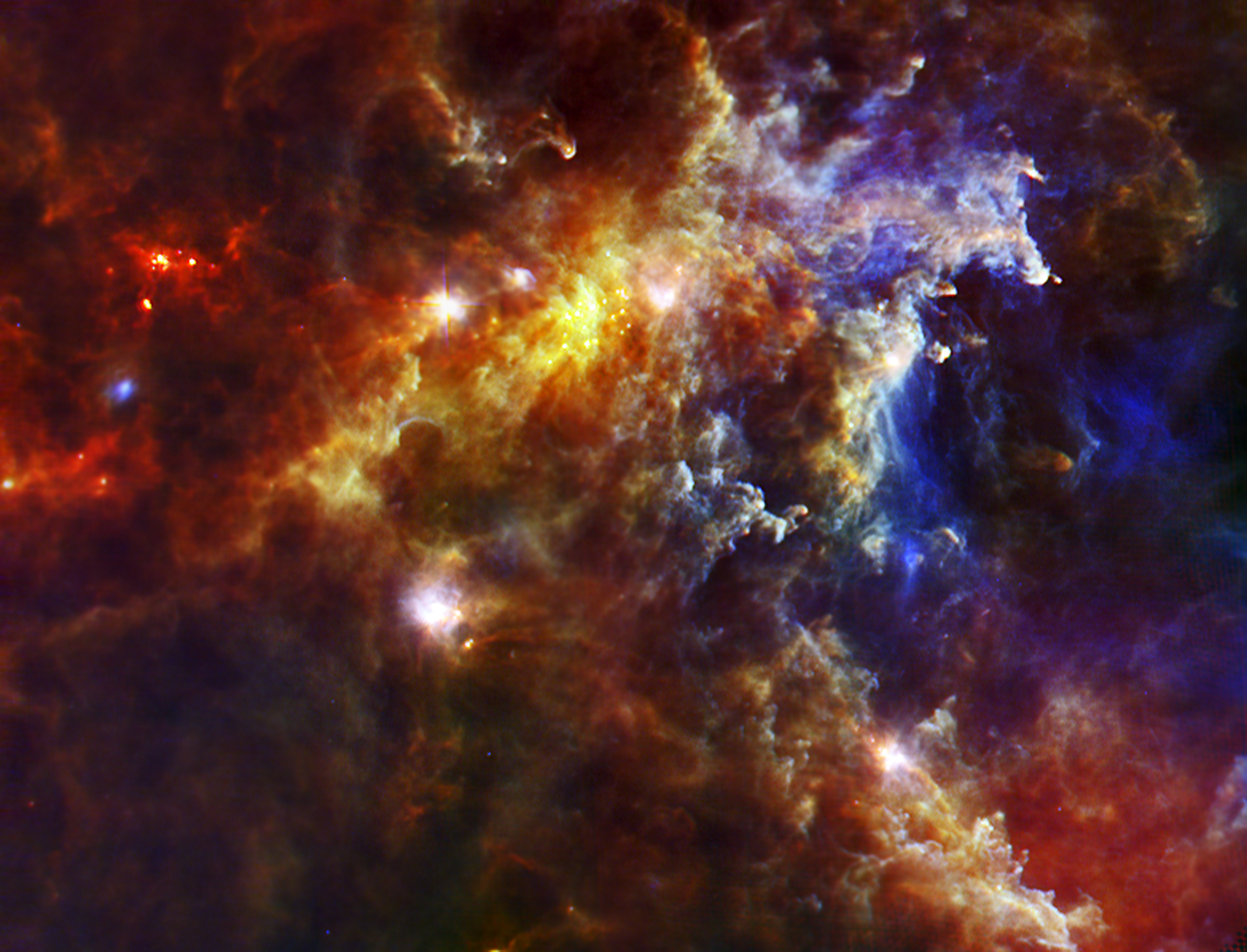
Vanchurin’s hypothesis would represent a new kind of “theory of everything,” one that includes emergent phenomena — like conscious observers — that arise due to the computational nature of reality and its tendency to evolve, learn, and grow more complex. This is different from reductionist theories of everything, which only focus on how particles and forces interact, rather than the nature of the Universe as a holistic computational system.
This conception of nature is radically different because it explains the emergence of complexity as a consequence of a Darwinian evolutionary process that is occurring at the fundamental level of reality. Biological evolution would then just be an extension of this process, which continues at larger scales and higher levels of organization, in a hierarchical fashion.
“…if the entire Universe is a neural network, then something like natural selection might be happening on all scales from cosmological and biological all the way to subatomic scales…some local structures of neural networks are more stable against external perturbations than other local structures. As a result the more stable structures are more likely to survive and the less stable structures are more likely to be exterminated. There is no reason to expect that this process might stop at a fixed time or might be confined to a fixed scale and so the evolution must continue indefinitely and on all scales… atoms and particles might actually be the outcomes of a long evolution starting from some very low complexity structures, and what we now call macroscopic observers and biological cells might be the outcome of an even longer evolution.”
This idea of the Universe evolving through the natural selection of more stable networks over less stable ones makes complete sense if it works like a neural network because it would exploit the mechanisms described by the influential neuroscience theory known as neural Darwinism, proposed by the Nobel Prize-winning biologist Gerald Edelman. While the idea that the world as a whole can evolve and learn sounds radical, it is not just Vanchurin who has proposed this possibility.
The power to unite physics and biology
In 2021, a similar paper was published by some high-profile scientists, physicist Lee Smolin and computer scientist Jaron Lanier among them, called The Autodidactic Universe, which inspired sensational headlines like “Physicists working with Microsoft think the Universe is a self-learning computer.” The paper proposes that the cosmos may possess an innate ability to learn, adapt, and evolve in a manner akin to a living organism. This view diverges from conventional theories of everything, which typically treat the Universe as an inert system governed by unchanging laws. By contrast, Smolin and Lanier posit that the laws of the Universe might emerge sometime after its creation, and those laws might change or evolve as the cosmos develops and learns more about its own structure, dynamics, and possibilities.
Like the Vanchurin paper, the authors argue that the Universe shares many critical features with neural networks, and they also emphasize that the Universe evolves through Darwinian mechanisms, which are evolutionary processes but also learning processes that create information, complexity, and a hierarchical organization. If their big ideas are correct, then this emerging theory of everything has the power to unite physics and biology.
Jaron Lanier, a pioneer of virtual reality, told podcast host Lex Fridman, “There’s been a zillion papers about how you can think of the Universe as a big neural net, or how you can think of different ideas in physics as being quite similar to, or even equivalent to, some of the ideas in machine learning, and that actually works out crazy well. That actually is kind of eerie.”
A more interconnected cosmos
The idea that the Universe is a self-organizing system that evolves and learns through Darwinian mechanisms seems to be part of the emerging zeitgeist in cosmology. The new book On the Origin of Time reveals that the great late Stephen Hawking believed that the reductionistic paradigm he defended for much of his life is incorrect. Ultimately, Hawking felt that the mainstream narrative failed to explain “How the Universe could have created conditions so perfectly hospitable to life.”
According to his close collaborator Thomas Hertog, the author of the book, Hawking came to the conclusion that the Universe is an evolving system that operates according to Darwinian principles that drive the world toward higher complexity, which would explain the existence of observers like you and I. Hertog told The Guardian, “In the end, we both came to think of physics in a way much more like how we think of biology…[our theory] leads to a new philosophy of physics that rejects the idea that the Universe is a machine governed by unconditional laws with a prior existence, and replaces it with a view of the Universe as a kind of self-organizing entity in which all sorts of emergent patterns appear, the most general of which we call the laws of physics.”
What we are seeing is a progressively deeper understanding of the nature of reality.
The idea that the Universe is a brain, a neural network, or a self-organizing complex adaptive system analogous to an organism invites us to reexamine our understanding of the cosmos and our relationship to it. If the Universe truly is a living, evolving entity, then the emergence of life and consciousness on Earth would not be an “accidental” phenomenon, but instead a natural and expected manifestation of a cosmic evolutionary process that continually generates higher levels of organization, knowledge, and awareness. As conscious beings capable of shaping our environment, we are not mere passive observers, but active participants in the Universe’s ongoing development toward a more interconnected and complex cosmos.
When the Newtonian framework reigned, the Universe was conceived to be a giant clockwork. In the 19th century, when thermodynamics was emerging, the Universe was compared to an engine. When the computer became popular, scientists started comparing the Universe to a computer or a simulation. Now, in the age of artificial intelligence and machine learning, we are saying it is a giant neural network. This tempts one to write off all our characterizations of the cosmos as merely human projections that will be shown to be equally wrong. But I don’t think that’s right. What we are seeing is a progressively deeper understanding of the nature of reality as scientific knowledge accumulates and we learn more about the Universe’s dynamics and causal structure.
Bobby Azarian is the author of The Romance of Reality and the Substack Road to Omega. Follow him on Twitter and Instagram @BobbyAzarian.
